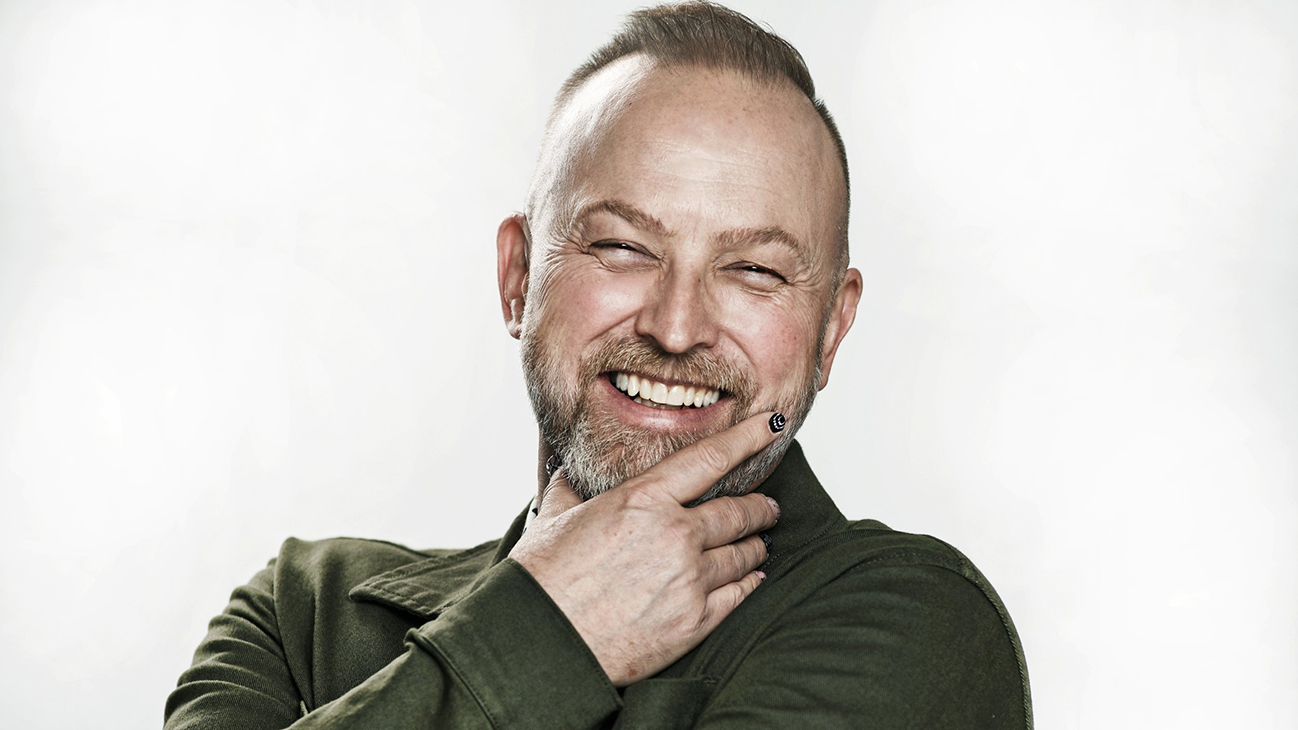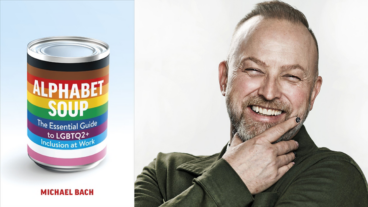There is a cost to not implementing inclusive policies within your workplace, not only on an ethical and moral level but a financial one as well. As the founder of the Canadian Centre for Diversity and Inclusion (CCDI) and the CEO of CCDI Consulting, Michael Bach helps organizations do diversity and inclusion right, from building a business case for diversity, equity, and inclusion (DEI) initiatives to successfully putting them into action.
With June being Pride Month, Michael recently wrote an article for Forbes exploring the high price tag of exclusionary practices within workplaces specifically for LGBTQ2+ people, and the unique situations that this community faces at work. Learn more below and see what key actions leaders can take today to build more equitable workplaces for all.
The Business Case for Building Inclusive Workspaces
The numbers are quite astounding when it comes to the high cost of non-inclusive workplaces. A 2021 study conducted by the Williams Institute at UCLA, Michael writes, reported that 29.8% of LGBTQ2+ employees experienced some form of discrimination because of their sexual orientation or gender identity, with 67.5% of LGBTQ2+ employees reporting that they have heard negative comments, slurs, or jokes about LGBTQ2+ people at work.
This unwelcoming environment means many LGBTQ2+ people choose to hide who they really are, if they have the privilege to make that choice. LGBTQ2+ people are often considered an invisible minority, Michael writes, with many having “passing privilege”, meaning they can pass as straight and/or cisgender. Within this group, he said, 50.4% have reported that they are not out to their immediate supervisor and 25.8% said they are not out to anyone at work.
When looking at the cost of exclusionary workplaces for LGBTQ2+ people, Michael writes, it encompasses those who are out and those who are not out. Those who are out, he continued, often have to spend time educating their co-workers about LGBTQ2+ inclusion. Those who are not out spend effort in hiding, changing pronouns, deflecting questions about their personal life, and not engaging.
If someone spends even just 15 minutes of their day educating people or being evasive, Michael writes, that translates to 3900 minutes per year. “Essentially, they waste 65 hours of their work year doing something they shouldn’t have to do — and their employer pays them for that time,” he writes.
With the average individual income in Canada being $51,272 (as of 2017) and $48,516 in the US (as of 2019), that means $1559 of an individual’s pay is wasted each year because of non-inclusive workplaces. If a company has 10,000 employees that statistically means they would have around 560 employees who identify as LGBTQ2+ and at least one quarter of those are not “out” in the workplace, Michael writes. This means for the 144 people who are not “out”, $224,523.36 of a company’s budget is wasted all because leadership is not creating an inclusive space for them.
On a larger scale, employers as a whole in Canada are wasting $320 million, and US employers are wasting $2 billion, Michael writes.
“This isn’t just about the right thing to do morally or ethically,” Michael said. “It’s just good business.”
Breaking Down the Alphabet
Inclusion starts with educating yourself. Michael recently hosted an online discussion about LGBTQ2+ inclusion where he provided a brief overview of the language and terminology used within the community, starting with the initialism itself.
While there are many different initialisms, Michael uses LGBTQ2+ as it aligns with what the Canadian government uses. No matter the initialism you choose to use, he recommends to always add a plus sign at the end to remind people that you are speaking about a broad range of sexualities and genders. In the video below, Michael breaks down each letter.
It’s equally important to understand the difference between sexual orientation and gender identity. While these terms are inter-related, Michael said, they are not the same thing. Michael used “The Gender Unicorn” to explain the many differences between these two terms. Watch the video below to hear his full break down.
When it comes to building LGBTQ2+ inclusive spaces, Michael said, be respectful of a person’s self-identification and remember that it’s not about you. “What you think is irrelevant,” he said. “Your job as an ally is to educate yourself and support your friends, family, and colleagues however they need you to.”
How to Foster LGBTQ2+ Inclusive Workplaces
The onus is on leaders to build inclusive workplaces for their LGBTQ2+ employees. Michael shared the following key actions that leaders can take today to change their workplaces for the better:
- Focus on LGBTQ2+ inclusion throughout the year. Homophobia and transphobia aren’t exclusive to pride month, he writes, they happen 24-7, 365 days of the year.
- Ensure your policies and procedures are LGBTQ2+ inclusive by using explicit language.
- Go beyond what the law says. Very few jurisdictions have protections for LGBTQ2+ in employment, but that doesn’t prohibit employers from doing more within their organizations.
- Create a safe space program, including widespread education, and enforce it in your workplace.
With more than 30 years of experience working in the area of LGBTQ2+ inclusion, Michael brings a vast knowledge of leading practices in creating equitable workplaces in any industry. In particular, he shows audiences how to build a business case for DEI practices and put them into action.
Interested in learning more about Michael and what he can bring to your organization? Email us at [email protected].




